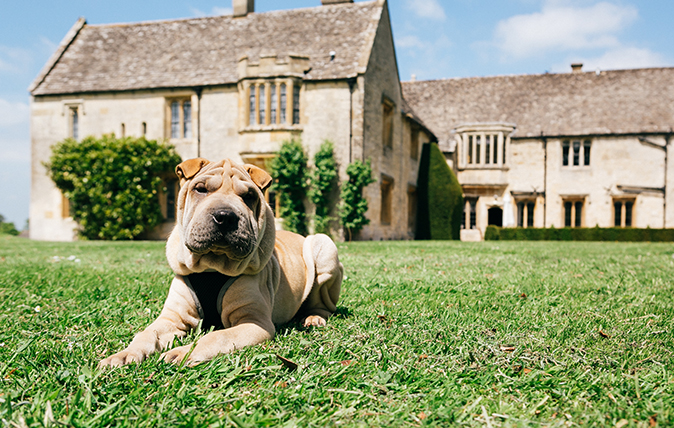In praise of cats, our 'lithe, scrupulously clean and interesting companions'
Most people identify either as a dog person or a cat person, and Country Life's default focus is usually canine. But why should our enjoyment of one animal family preclude us from admiring another? Especially given that there is so much to admire.


Man’s association with dogs and horses goes back into the mists of time, due to their roles as working animals and status symbols. Cats followed later and have been among us for thousands of years, although the alliance was sometimes inconsistent. Their independence of spirit and ability to see at night elevated them to godly status, but also subjected them to rituals of appalling cruelty.
From the days of Ancient Egypt, African wild cats became gradually domesticated as they were lured from the desert to human habitations, where reliable sources of protein were on hand: rodents foraging in grain stores.
Ever since, the cat has been usefully employed as a pest controller and welcomed into the home as a lithe, scrupulously clean and interesting companion. ‘The smallest feline is a masterpiece,’ declared Leonardo da Vinci.
Writers, painters and poets down the millennia have been drawn to feline company, for no other animal combines so successfully its intelligence, inscrutability and insouciance, wrapped in an elegant package of what Colette observed as: ‘the biggest eye, the softest fur, the most supremely delicate nostrils, a mobile ear, an unrivalled paw and a curved claw borrowed from the rose tree’.

The broadcaster Beverley Nichols, a keen gardener, observed: ‘A garden without cats… can scarcely deserve to be called a garden at all… much of the magic of the heather beds would vanish if, as we bent over them, there was no chance that we might hear a faint rustle among the blossoms, and find ourselves staring into a pair of sleepy green eyes.’
Gertrude Jekyll would have agreed – her home and garden at Munstead Wood were all the more delightful to her as she shared them with various beloved tabby cats, all regularly photographed, drawn and written about.
The truth is, once a cat knows it’s safe and loved, its unique personality (they’re all different) unfolds and blossoms. ‘It will make itself the companion of your hours of work, of loneliness, or of sadness,’ said Théophile Gautier, creator of the ballet Giselle.
Exquisite houses, the beauty of Nature, and how to get the most from your life, straight to your inbox.
‘It will lie the whole evening on your knee, purring and happy in your society, and leaving the company of creatures of its own society to be with you.’

Meet Britain's best hotel animals: The quack pack, the doggy doorman and the moggy maître d'
Emma Hughes gets to know the dogs, cats and ducks bringing animal magic to some of Britain’s best hotels.
Country Life is unlike any other magazine: the only glossy weekly on the newsstand and the only magazine that has been guest-edited by His Majesty The King not once, but twice. It is a celebration of modern rural life and all its diverse joys and pleasures — that was first published in Queen Victoria's Diamond Jubilee year. Our eclectic mixture of witty and informative content — from the most up-to-date property news and commentary and a coveted glimpse inside some of the UK's best houses and gardens, to gardening, the arts and interior design, written by experts in their field — still cannot be found in print or online, anywhere else.
